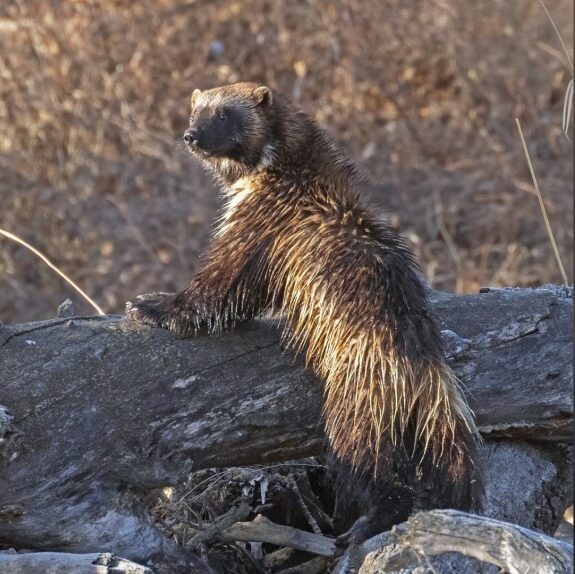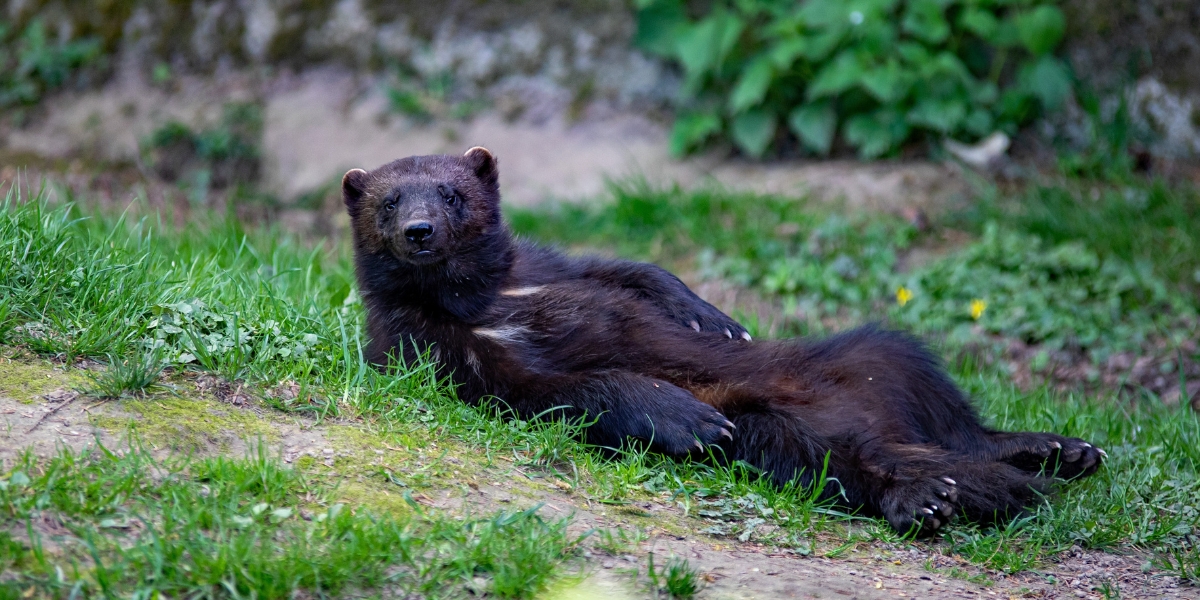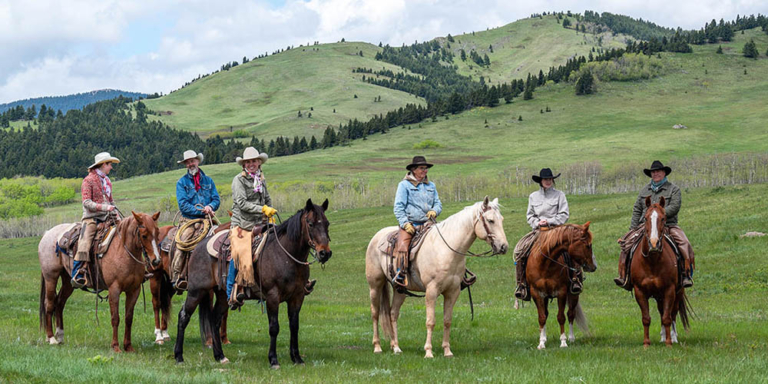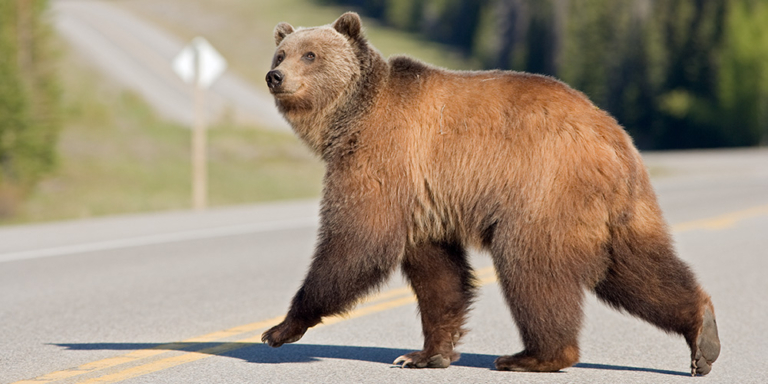In recent years if Albertans wanted to see a wolverine, their best bet was at the local Cineplex, not by heading to the Foothills. Hugh Jackman’s Superhero has appeared in 10 Marvel Superhero movies, while wild sitings of ferocious solitary carnivores are rare.
That is until recently.
Residents of Rainbow Lake, located about 650 kilometres northwest of Edmonton, have reported sightings of a wolverine roaming around town in the last month.
In May, a wolverine was spotted taking a stroll in Morningside, a community in Airdrie. And before that, another sighting was reported in Calgary in April.
Given the uptick in sitings, you may think the wolverine population has rebounded.
But don’t be fooled; The wolverine remains on Alberta’s list of at-risk species.
And Wolverine sightings are incredibly rare. A nature photographer and visual journalist, Mike Drew compares the odds of seeing a wolverine to “being struck by lightning while cashing a winning lottery ticket.”


And it’s not just in Alberta. California reported a wolverine sighting in June. That is the second sighting the state has seen in more than 100 years.
Doris Hausleitner, a wildlife biologist and instructor at Selkirk College in British Columbia, points to various factors to explain the recent wolverine sightings in Alberta.
She cites changes in human behaviour, reduced snow cover, and habitat loss. She also mentions that humans are better at documenting sightings.
“People are carrying phones, and they’re better at documenting wolverines in urban settings,” Hausleitner told CBC News.
According to Hausleitner, while sightings may be up, wolverine populations in BC and Alberta are actually on the decline. Alberta’s most recent population estimate from 20 years ago puts the wolverine population at fewer than 1,000 breeding animals.
A study from last year found that wolverine populations across the Rockies’ national parks dropped by almost 40 percent between 2011 and 2020.
Why Is The Wolverine Population Declining?
The cause? Wolverine trapping outside the parks for pelts. Data from the Alberta government shows that around 50 wolverines were killed for their pelts during the 2021 to 2022 trapping season.
Wolverine pelts are highly valued for their frost-resistant properties. They are commonly used in the Arctic and sub-arctic for garments, including parkas.
According to Bill Worb Furs, a Manitoba-based fur and leather house, wolverine pelts are worth anywhere between $950 and $1100 each.
In Alberta, restrictive harvest limits allow one wolverine to be harvested per Registered Fur Management Area, an area used to monitor hunting and trapping.
The limit has been in place for 25 years. The Alberta government is “committed to monitoring all species to ensure their sustainability and will only make changes if and when appropriate.”
Yet, a study from 2019 argues that wolverine trapping in BC and Alberta is not sustainable.
Since as far back as 1996, wolverines were on Alberta’s Blue List, a list of species that are at risk. Now, wolverines are listed as “data deficient,” which means there isn’t enough information to assign a conservation status.
The most recent research indicates that wolverine populations are declining, so why are we still allowing these animals to be killed for their pelts?
More time and effort should be spent collecting data on wolverines, not slaughtering them for their pelts.
Hausleitner believes that many of the wolverines spotted in urban areas recently are juveniles looking for new home ranges. This year’s unusual wildfire season could explain why these animals are moving to places they wouldn’t usually be seen.






